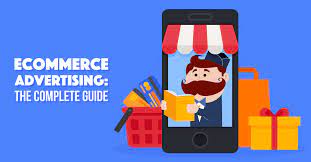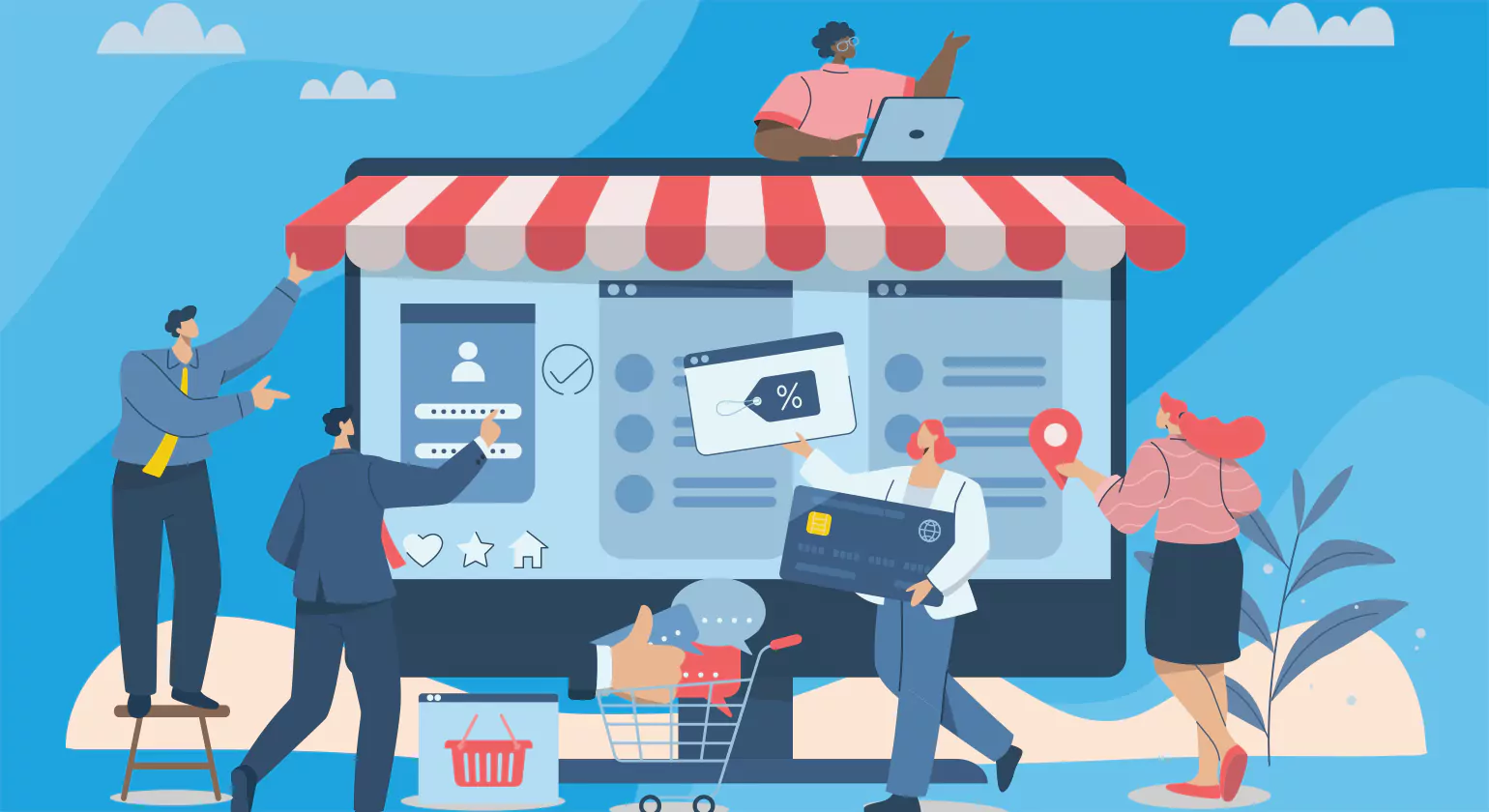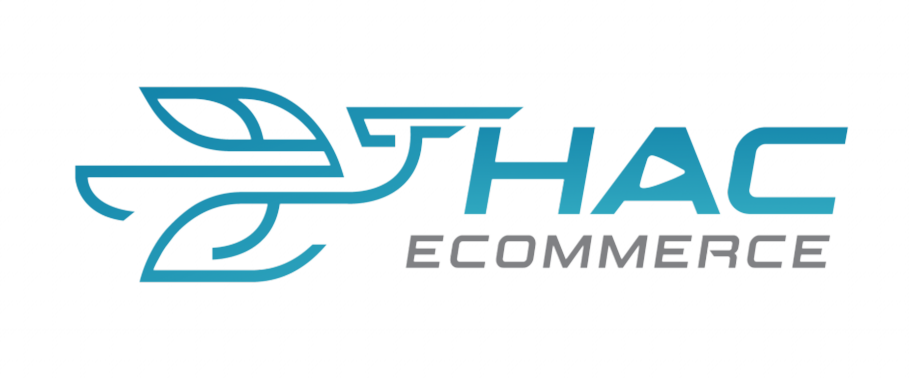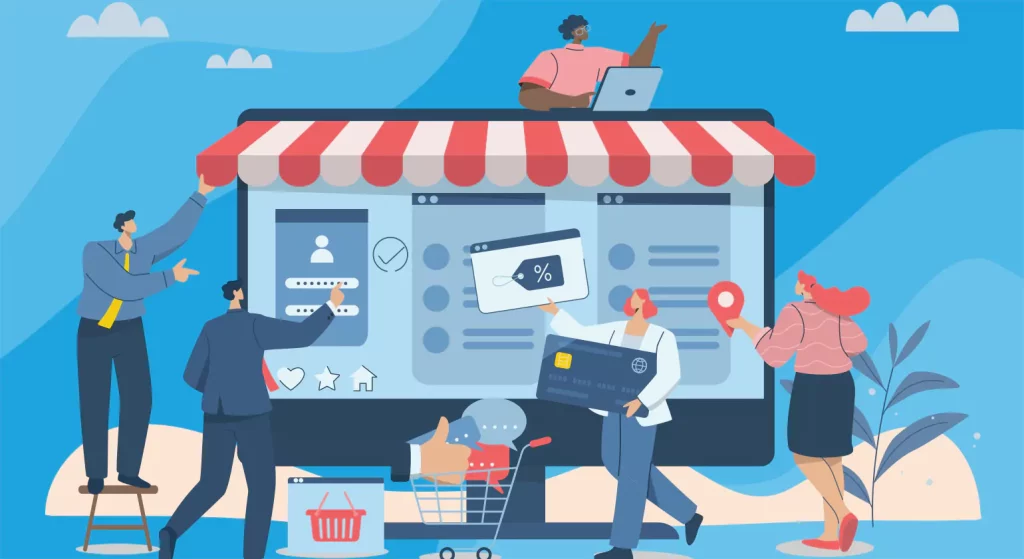Top Marketing Strategies for Online Selling: Boost Your E-commerce Growth in 2025. In the fast-paced world of e-commerce, simply having an online store is no longer enough. You need innovative and effective marketing strategies for online selling to attract customers, increase conversions, and build a sustainable brand. Adopting the right strategies can transform your business, whether you’re a beginner or a seasoned seller.
In this blog, we’ll explore the top marketing strategies for online selling in 2025 that can help you drive traffic, build trust, and grow your revenue.

1. Build a Strong Brand Identity
Before diving into promotions, start with the foundation: your brand. Online shoppers are overwhelmed with choices, so a strong and memorable brand helps you stand out.
- Define your unique value proposition (UVP)
- Create a consistent visual identity (logo, colours, fonts)
- Use a brand voice that resonates with your target audience
A clear brand identity builds recognition and trust — both crucial for long-term success in online selling.
2. Optimize Your Website for SEO
Search engine optimization (SEO) is one of the most cost-effective marketing strategies for online selling. It helps your products appear in search results when customers are actively looking.
- Use keywords in product titles, descriptions, and URLs
- Optimize image alt text and meta tags
- Create blog content targeting long-tail keywords related to your niche
A well-optimized website increases organic traffic and reduces reliance on paid ads.
3. Leverage Social Media Marketing
Social media is a powerful channel for engaging with your audience and promoting your products.
- Focus on platforms where your target customers spend time (e.g., Instagram, TikTok, Facebook)
- Use reels, product demos, behind-the-scenes content, and UGC (user-generated content)
- Collaborate with micro-influencers to expand your reach
Social proof and community engagement are key to today’s online selling strategy.

4. Run Targeted Paid Advertising
While organic growth is essential, paid advertising helps you scale faster. Use platforms like:
- Facebook & Instagram Ads: Great for visual products and retargeting
- Google Ads (Search & Shopping): Ideal for capturing high-intent buyers
- TikTok Ads: Effective for Gen Z and viral trends
Always A/B test your ad creatives and monitor ROI to avoid wasting your budget.
5. Build an Email Marketing Funnel
Email marketing remains one of the highest ROI channels in online selling. It allows you to nurture leads and turn one-time buyers into loyal customers.
- Use popups or lead magnets to collect emails
- Segment your list based on behaviour and purchase history
- Send personalized offers, product updates, and content
Automated email flows (like cart abandonment or welcome series) can recover lost revenue and keep customers engaged.
6. Use Content Marketing to Educate and Attract
Educating your audience builds trust and positions your brand as an authority. Content marketing is a long-term marketing strategy for online selling that drives organic traffic and builds brand loyalty.
- Start a blog to answer FAQs, review products, or offer how-to guides
- Create downloadable guides, ebooks, or checklists
- Share educational videos or live streams related to your niche
Great content keeps your audience engaged even when not ready to buy.
7. Offer Promotions & Referral Programs
Everyone loves a good deal. Use limited-time offers, bundles, and referral programs to increase conversions.
- Flash sales or holiday deals
- Free shipping over a certain amount
- Loyalty rewards or “refer a friend” discounts
Just ensure your promotions don’t hurt your profit margins.

8. Optimize for Mobile Shopping
With over 60% of smartphone e-commerce traffic, a mobile-friendly experience is necessary.
- Use responsive website design
- Ensure fast loading speed
- Simplify the checkout process with fewer steps and mobile wallets
Mobile optimization improves both user experience and conversion rates.
9. Collect and Display Social Proof
Customers trust other customers. Social proof plays a significant role in online buying decisions.
- Show reviews and ratings on product pages
- Highlight user-generated photos or testimonials
- Showcase real-time purchases or trust badges
This helps overcome hesitation and increases buyer confidence.
10. Analyze Data and Improve Constantly
No marketing strategy is complete without analysis. Use analytics to track performance and continuously refine your approach.
- Monitor traffic sources, bounce rates, and conversions
- Use heatmaps to see how users interact with your site
- Track email open rates, ad CTRs, and ROAS
Marketing is never one-size-fits-all. The key is to test, analyze, and adapt.
Final Thoughts
Effective marketing strategies for online selling are the backbone of any successful e-commerce business. Whether you’re selling handmade goods, fashion, or digital products, choosing the right combination of SEO, paid ads, email marketing, and content creation can take your brand to the next level.
Start with a few strategies that fit your business best, measure the results, and scale from there. With persistence and data-driven actions, you’ll soon see the growth you aim for.
Additionally, Hac Ecommerce offers a range of comprehensive services designed to support and empower businesses operating in the POD (Print on Demand) industry. These services include fulfillment solutions, payment account rentals, and design cloning, all of which are tailored to meet the unique needs of entrepreneurs in this niche.
Need help building your e-commerce marketing plan? Hac E-commerce is here to guide you every step of the way.


